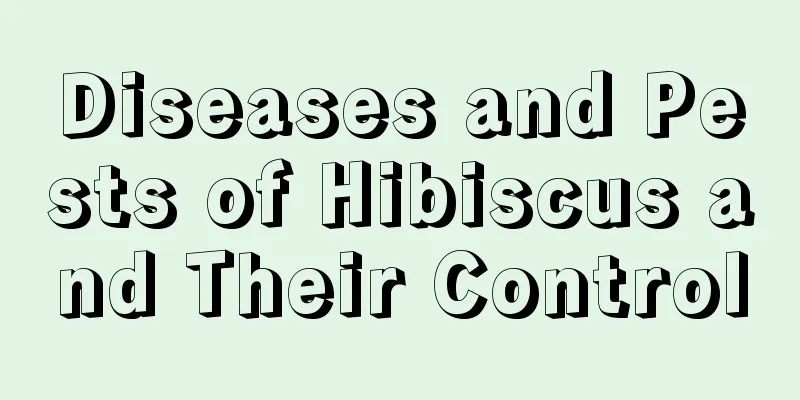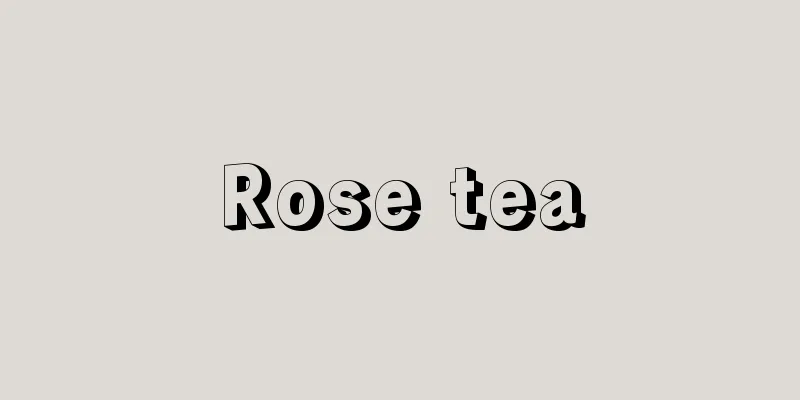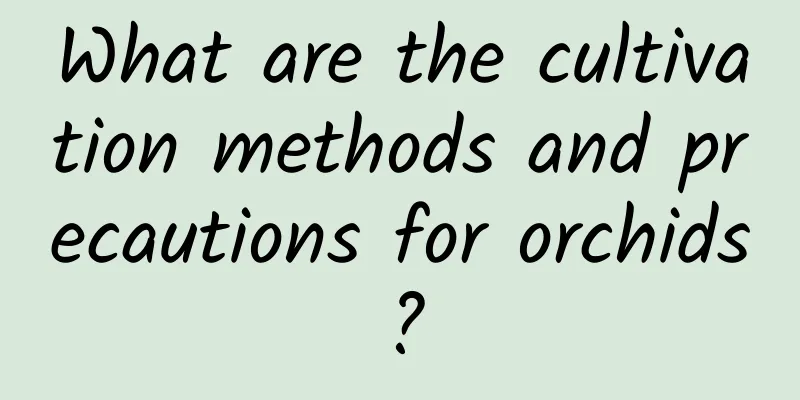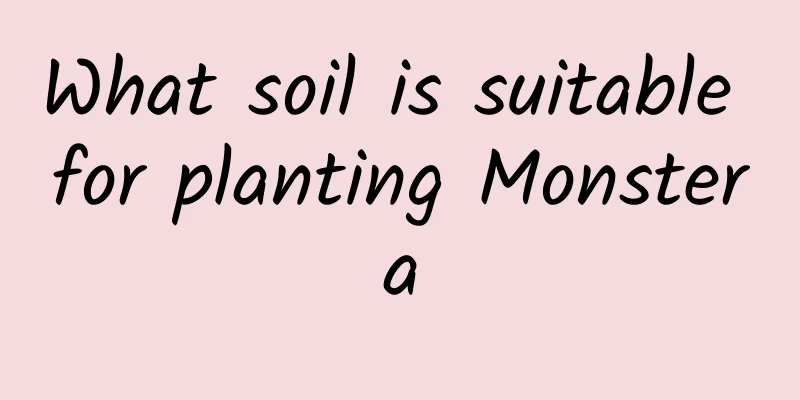Diseases and Pests of Hibiscus and Their Control

Hibiscus disease controlpowdery mildewPowdery mildew mainly harms the leaves of hibiscus. At first, many small spots will appear on the front of the leaves, which will gradually expand into large white powdery spots. In autumn, small black-brown spots will appear on the white powder. In severe cases, it can cause the leaves to turn yellow and wither, weakening the entire plant. Diseased plants should be burned promptly when found. In the early stage of the disease, they should be treated by spraying drugs, 2000 times diluted 25% oxycarboxin, or 1500 times diluted 70% thiophanate-methyl wettable powder. Hibiscus Pest ControlTussopus horned mothNewly hatched larvae will gather on the back of the leaves to feed on the mesophyll, leaving only the upper epidermis. After the third instar, they will disperse to feed and hibernate under the bark. Mature larvae will spin cocoons and become pupae on the back of the leaves. For prevention and control, you can scrape off the larvae that hibernate under the bark in winter. In early or mid-June, you need to spray pesticides. You can use 2500 times diluted 20% trichlorfon emulsifiable concentrate or 1000 times diluted 90% dichlorvos. Green leafhopperIt mainly harms the leaves, causing white spots to appear. In severe cases, it can cause the entire leaf to turn white and fall off, seriously affecting the growth of the plant. Weeds should be removed around the plants to destroy the places where pests and diseases overwinter. During the peak period of the first outbreak, spray 1500 times diluted 50% carbofuran, 50% chlorpyrifos, pyrethroid insecticides, or 1500 times diluted 50% malathion. Tetranychus cinnabarinusIn the early stage of the disease, the affected leaves appear as small yellow-white spots, which slowly spread to the entire leaf, causing it to turn yellow, curl, and fall off. Spray 1500 times diluted 40% oxydemeton-methyl on the back of the leaves for prevention and control. Other pestsOther insects that harm hibiscus include aphids, red spiders, scale insects, etc., which can be controlled by spraying 100 times diluted 50% DDT, 100 times diluted 50% dicofol, or 2500 times diluted 20% cypermethrin. Pest and disease control is a big lesson we need to learn. I hope the methods introduced above can help everyone. I hope everyone can grow healthy and beautiful hibiscus. |
<<: What are the pests of Milan flowers?
>>: Common pests of Malus chinensis
Recommend
What flowers are suitable for growing in Hanzhong? What are the city flowers and trees?
1. Climate characteristics of Hanzhong Hanzhong h...
How to Prune Walnut Trees
Walnut trees are planted in a large area in China...
How to water the golden diamond
1. When to water It doesn't need a lot of wat...
The flower language and meaning of the fortune tree, what are the legends and stories
1. The meaning of the flower language of the fort...
What are the propagation methods of Strelitzia reginae
Division Division propagation is usually best car...
Leek root planting time and method Leek root transplanting time and precautions
Planting time The underground roots of leeks are ...
Is the flowering of the money tree a good omen?
1. Is it a good omen? The meaning of the money tr...
How often should I water the white palm? Does it need to be watered every day?
How often should I water the white palm? White ca...
What is the function of tennis flower
The ornamental effect of tennis flower Tennis flo...
How to treat black spot disease of rose
Understanding Black Spot pathogen It belongs to t...
How to grow the succulent Emperor Jade? Cultivation methods and precautions for the succulent Emperor Jade
The Imperial Jade Succulent is a leaf-flowering p...
Cultivation methods and precautions of Hibiscus truncatum
1. Suitable soil Hibiscus tiliaceus cannot be pla...
The difference between Campanula and Forsythia
Branches and trunks The branches of Forsythia gro...
How to make hibiscus bloom more
Selecting seedlings for potted hibiscus If you wa...
How and when to plant cabbage
Cabbage planting time Cabbage has strong adaptabi...









